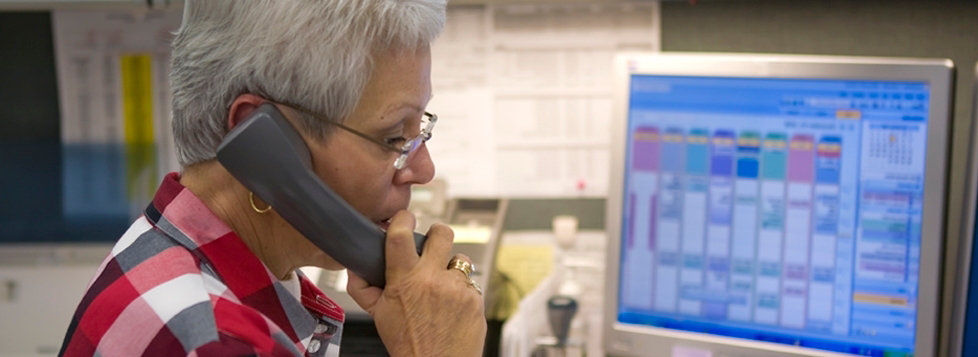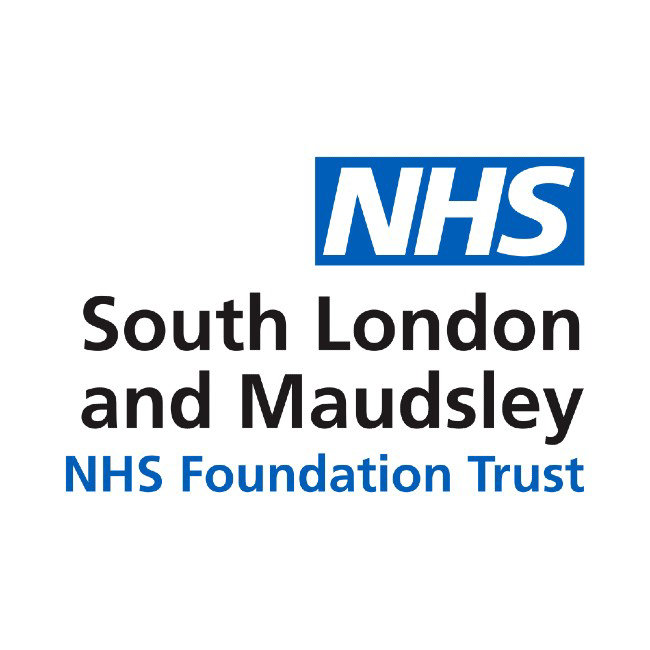
NHS South London case study: One Cloud Cisco
SIP voice enables South London and Maudsley NHS Foundation Trust to route more calls for free over their existing IP infrastructure, saving money and improving collaboration in the process.
Doing more with less is a familiar challenge across the National Health Service (NHS). So, when it became possible to route calls over existing IP-based networks (VoIP), Ricky Mackennon, deputy director of ICT and Business Development at South London and Maudsley NHS Foundation Trust, seized the opportunity to save money.
The replacement of internal extension lines with VoIP was the start. The next step of the revolution was to replace traditional ISDN and BT Featurenet lines with BT One Cloud Cisco. This was so seamless most people didn’t even realise there’d been a change.
The exception was the finance director, who suddenly noticed there was more money available for patient care.

The challenge
South London and Maudsley NHS Foundation Trust provides mental health services for a population of around 1.1 million people across a large area of South London and Kent. It:
- has 4,800 employees operating from around 100 sites
- provides community-based services for around 39,000 people
- provides in-patient care for 5,000 people in 68 wards across four main hospitals.
Like many NHS organisations, the trust is constantly looking for opportunities to improve efficiency and reduce costs. Always alert to advances in technology, the trust was keen to explore the possibilities when session initiation protocol (SIP) applications began to emerge.
Ricky Mackennon explains: “We had already started to migrate our voice network away from standalone private branch exchanges (PBXs) to a centralised network of four IP PBXs. SIP underpins the next phase of that evolution, allowing us to move away from BT Featurenet hosted voice, rationalise our integrated services digital network (ISDN) services, and fully utilise an integrated numbering plan.”
This was a complex project that took us over a year to complete. Continuity of service at all times was key. BT had the ability to scale and make the right resources available at the right time.
The solution
A SIP trunk is an alternative to traditional ISDN services, enabling voice calls to be made and received from a standard landline over an existing IP network.
With connectivity managed centrally, services are consolidated, so individual sites no longer need dedicated lines. This allows organisations to substantially reduce the number of dedicated telephone lines in service, enabling significant cost savings.
VoIP and SIP are also key enablers for unified communications. They support the rollout of new labour-saving applications such as presence, instant messaging, and conferencing services.
“This was a complex project that took us over a year to complete," says Ricky Mackennon.
“Continuity of service at all times was key. BT had the ability to scale and make the right resources available at the right time as and when needed.”
BT has provided the trust with 400 SIP trunk channels on its One Cloud Cisco platform, replacing around 750 ISDN30 and BT Featurenet channels that serve approximately 80 sites.
The project included the design and implementation of a new five-digit internal numbering plan, using a single block of 10,000 direct dialling (DDI) numbers. This simplified a variety of disparate number ranges that had been used across the legacy PBX estate.
The result
As an early adopter of SIP-based voice services, South London and Maudsley NHS Foundation Trust has substantially reduced the cost of its telephony services, while improving resilience and business efficiency.
“Implementing SIP voice has enabled us to route more calls for free over our IP infrastructure, plus we only need around half the number of trunks to deliver the same availability to extension users,” says Ricky Mackennon.
The combination of lower line rental costs and reduced call charges has saved us around £250,000 per annum.
BT Ethernet Connect services interconnect the four IP PBXs over 100Mbps optical bearers for maximum resilience. In addition, N3 local gateway services enable up to 15 concurrent calls to other N3 voice-connected NHS organisations at reduced call charges.
Business continuity has improved too. BT One Cloud Cisco SIP trunk services remove the reliance on a single local exchange. Each extension can now be served from any one of the four IP PBX nodes, each having access to the full range of SIP trunk circuits. This makes the loss of voice services at any one site highly unlikely.
Meanwhile, a coherent numbering plan has simplified internal communications by reducing the range and complexity of dialled numbers for improved efficiency. The trust also has a platform that will support the future deployment of productivity-enhancing unified communications applications.
Ricky Mackennon sums up: “With the implementation of BT One Cloud Cisco SIP trunks we are well placed to interconnect with other NHS organisations that migrate to SIP. This should deliver even greater cost and efficiency benefits going forward.”



